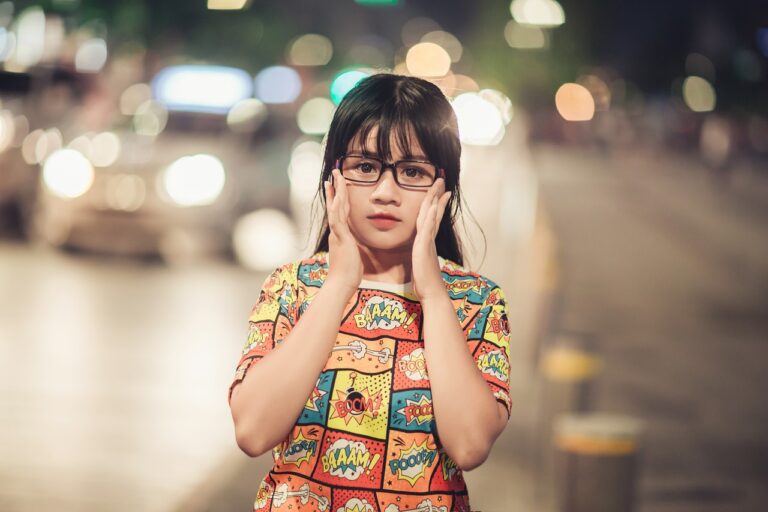Fashion and Technology: Sustainable Innovations in Digital Fashion Retailing and Virtual Try-Ons
As the fashion industry continues to shift towards more sustainable practices, the use of eco-friendly materials in digital fashion retailing is gaining momentum. Designers and retailers are increasingly opting for materials like organic cotton, Tencel, bamboo, and recycled fibers to create fashionable yet environmentally conscious clothing items. These sustainable materials not only reduce the carbon footprint of the fashion industry but also promote better working conditions in the supply chain.
By incorporating sustainable materials into digital fashion retailing, brands can cater to the growing consumer demand for ethical and eco-friendly products. Customers are becoming more aware of the environmental impact of their purchasing decisions and are seeking out brands that align with their values. Embracing sustainable materials not only allows fashion retailers to meet the expectations of their environmentally-conscious clientele but also sets a positive example for the industry as a whole.
Advancements in Virtual Try-On Technology
Virtual try-on technology has revolutionized the online shopping experience, providing customers with a more interactive and engaging way to shop for fashion items. By utilizing augmented reality and artificial intelligence, virtual try-on tools simulate the experience of trying on clothing and accessories virtually, allowing shoppers to see how the items would look on them before making a purchase. This technology not only enhances the shopping process but also reduces the likelihood of returns, as customers can make more informed decisions about the fit and style of the products they are interested in.
Furthermore, advancements in virtual try-on technology have also contributed to a more personalized and tailored shopping experience for consumers. These tools can analyze individual body measurements, preferences, and style choices to recommend products that are likely to suit the customer’s unique taste. By using data-driven algorithms, virtual try-on technology can suggest personalized outfit combinations, colors, and styles, catering to the diverse needs and preferences of shoppers in the digital fashion retailing landscape.
• Virtual try-on technology utilizes augmented reality and artificial intelligence
• Allows customers to try on clothing and accessories virtually before making a purchase
• Reduces the likelihood of returns by helping customers make more informed decisions about fit and style
• Provides a more personalized shopping experience by analyzing body measurements, preferences, and style choices
• Recommends products tailored to the customer’s unique taste using data-driven algorithms
• Suggests personalized outfit combinations, colors, and styles catering to diverse needs of shoppers
Environmental Impact of Digital Fashion Retailing
As digital fashion retailing continues to gain popularity, concerns about its environmental impact are also on the rise. The shift from physical to online stores may seem more sustainable at first glance, but there are hidden consequences to be considered. The energy consumption associated with data centers, online shipping, and product returns all contribute to the carbon footprint of digital fashion retailing.
Furthermore, the production of electronic devices and the disposal of e-commerce packaging materials add to the environmental burden. The constant demand for new technologies and the rapid turnover of digital fashion items perpetuate a culture of disposability, further exacerbating the problem. As the industry continues to evolve, it is crucial for businesses and consumers alike to be mindful of the environmental consequences of their digital fashion choices.
What are some sustainable materials used in digital fashion retailing?
Some sustainable materials used in digital fashion retailing include organic cotton, recycled polyester, Tencel, and hemp.
How has virtual try-on technology advanced in digital fashion retailing?
Virtual try-on technology has advanced by using augmented reality and artificial intelligence to provide more realistic and personalized try-on experiences for customers.
What is the environmental impact of digital fashion retailing?
The environmental impact of digital fashion retailing includes reduced carbon emissions from transportation, but increased electricity consumption from data centers and manufacturing of electronic devices.
How can digital fashion retailers reduce their environmental impact?
Digital fashion retailers can reduce their environmental impact by using sustainable materials, optimizing their supply chain, and promoting circular fashion practices such as recycling and upcycling.







